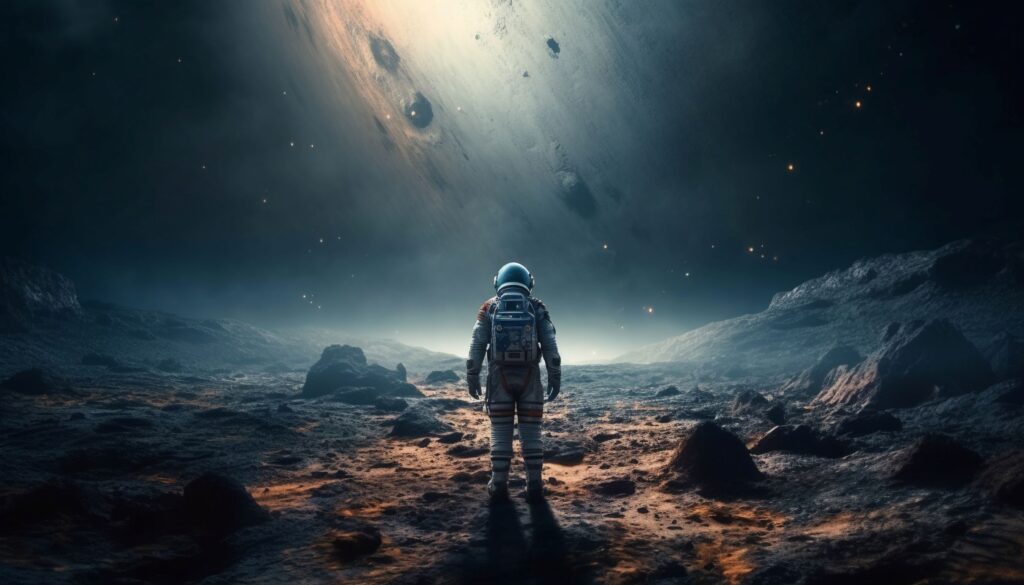Introduction:
Environmental themes are increasingly prominent in science fiction, reflecting global concerns about our planet’s future. “Moon Life” tackles these themes by integrating environmental stewardship into its narrative, offering a poignant look at the responsibilities humans might carry into space.
Overview of “Moon Life”:
In “Moon Life,” the characters grapple with the environmental degradation of both Earth and extraterrestrial landscapes. The novel highlights the parallels between exploiting Earth’s resources and the potential mining of moons and planets, urging readers to consider the ethical implications of space colonization.
Real-World Parallels:
The book’s environmental messages mirror real-world issues such as climate change, habitat destruction, and the ethical use of technology. By framing these issues within the context of space exploration, “Moon Life” challenges readers to think critically about humanity’s role in both preserving and endangering diverse ecosystems.
Engagement with the Audience:
To engage readers further, “Moon Life” includes detailed descriptions of the alien ecosystems and the scientific principles behind their conservation or destruction. These sections not only enrich the narrative but also serve as a call to action, urging readers to reflect on their environmental impact.
Conclusion: “Moon Life” is more than just a novel; it’s a reflection on our times and a cautionary tale of what might happen if we continue on our current path. For anyone passionate about environmental issues and seeking a deep, thought-provoking read, “Moon Life” is a must-read that brilliantly combines the thrill of exploration with the sobering realities of environmental ethics.
